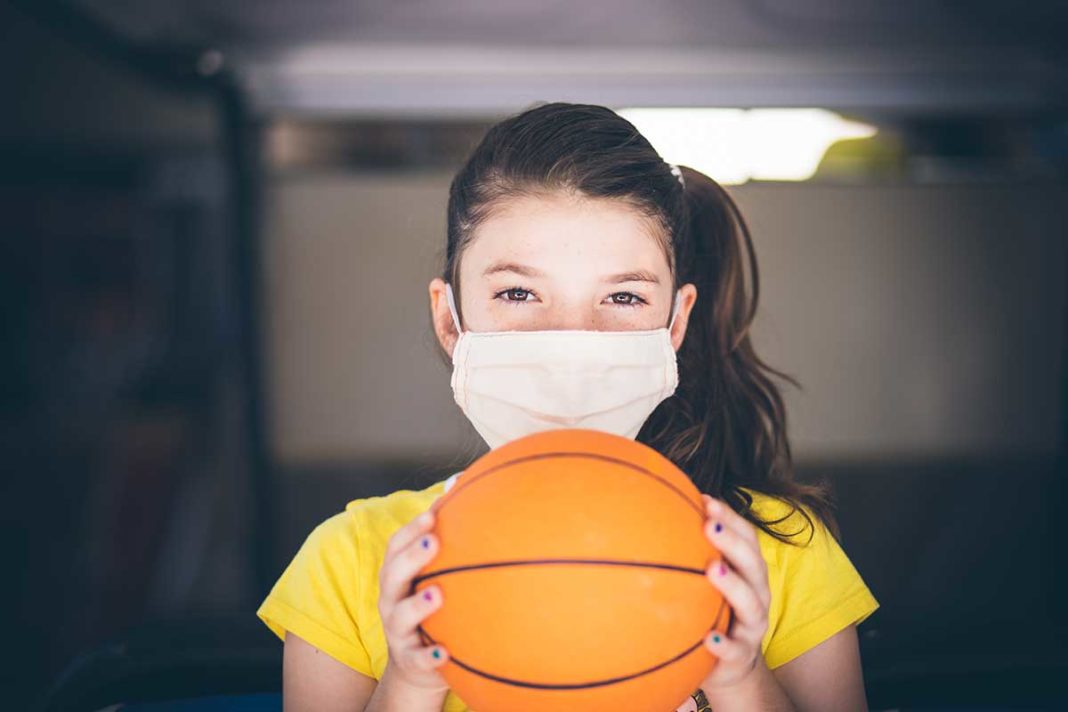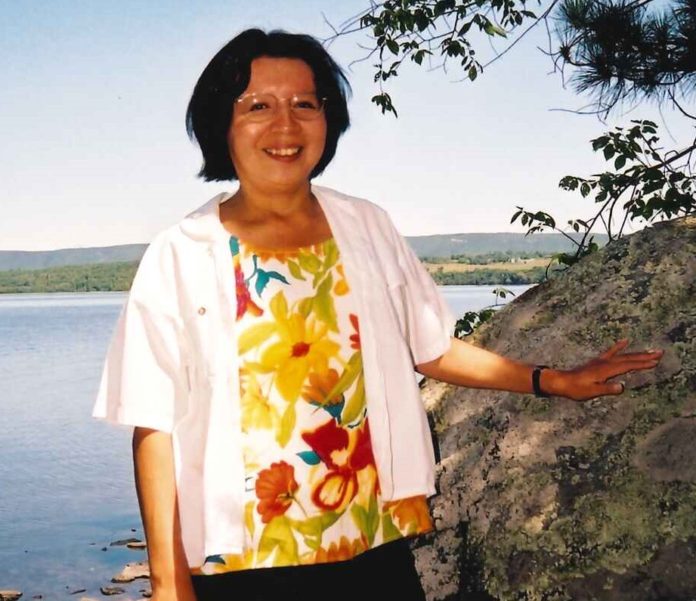MANITOULIN – The COVID-19 pandemic has caused many adjustments to school operations, including the ways they run their physical education and extracurricular athletics programs, with educators focused on outdoor exercise and a provincially approved list of safer activities.
Provincial guidelines state that schools should follow advice from either Physical Health and Education Canada (PHE) or the Ontario Physical and Health Education Association (Ophea), both of which have websites dedicated to teaching physical education in line with pandemic restrictions.
Ophea’s directives suggest beginning the school year with the safest activities, such as those outdoors and with students spread out while using minimal or no equipment, to ease students into the health restrictions. It also recommends developing an equipment list for students to build or receive kits that they can use throughout the term.
Guidelines include having students sanitize hands before and after phys ed class, disinfecting all equipment between classes or during classes for shared equipment, avoiding sharing equipment that students bring from home, choosing low-intensity exercises to enable mask-wearing, optimizing air flow in indoor spaces and tips to effectively supervise students’ adherence to such policies.
PHE’s documents use a trauma-informed approach to acknowledge the challenges young people have faced in the pandemic’s disruptions and encourage local modifications to ensure the plan is relevant for each region.
Some of its suggestions include using visual markers to demonstrate proper distancing, creating handwashing stations and teaching proper technique, shutting down play structures and small shared spaces like change rooms, choosing activities that do not require equipment wherever possible and learning outside more often.
The document includes a sample list of appropriate activities for Kindergarden to Grade 3, Grades 4 to 6 and Grades 7 to 12. It also offers guidance for virtual and in-school learning, as well as ways of including health and well-being throughout the educational day.
At St. Joseph’s Anishinabek School in Sheshegwaning, educators are moving forward with health protocols in place and a reduced list of activities. Older students at the school take part in cross-country running in the fall but organizers have yet to decide whether or not to proceed with that sport.
Whitefish River First Nation’s Shawanosowe School has focused on outdoor activities for all of its physical education classes. It normally hosts a large cross-country meet every October, drawing runners from numerous area schools, but this is on hold until further notice.
Wiikwemkoong’s Pontiac School for Grades 4 through 8 has incorporated a long list of the sport organization recommendations, from marking out safe spaces on the gym floor to keeping doors open for optimal airflow and taking events outside wherever possible. There are gaps of at least 20 minutes between the six classes each day to allow for sanitization and airing out the space.
“We’re not doing any sports-related activities or anything interactive that takes us close to each other. Our phys ed classes have been focused on fitness circuits,” said phys ed teacher Deana Debassige-Wood.
The fitness circuit emphasis serves a twofold purpose—if schools have to close down again, the students will be familiar with their fitness regimens and be able to continue them from home.
Ms. Debassige-Wood said she had devised some physically distanced versions of fun children’s games such as duck, duck, goose, ensuring people stayed far apart from one another as they took part.
Lakeview School principal Anastasia Cywink said the school had enacted similar procedures to other area elementary schools. All extracurricular athletics are presently on hold and any gym equipment used in classes are immediately sanitized.
“We have a screener at our front door who’s behind Plexiglas. Parents are not yet allowed in during school hours but we’re working on allowing professionals in for different programming like immunization and health checks,” said Ms. Cywink.
Each student has a kit of school supplies that they will use for the whole year. Students in Grades 5/6 and up have Chromebook computers for online learning options.
“Especially at the beginning of the year, there’s so many things we have to follow to try and keep everyone safe,” said Ms. Cywink.
“It’s a little different,” she added with a laugh.
Little Current Public School (LCPS), the only Island elementary school in the Rainbow board that shared its plans with The Expositor, has implemented rigorous sanitization protocols both during and between the 10 odd phys-ed classes that work with teacher Tim Lockeyer.
“A lot of time is spent cleaning equipment,” he said. “That said, if I’m not able to get all of it cleaned before the next class, that gets set aside and there’s new equipment brought out for that class and I clean it all once I get the time.”
He has shifted his classes to maximize outdoor education time. Students must wear masks while indoors but once they spread out in the yard they are free to take them off.
“Most teachers have been saying the students are doing a good job wearing their masks so they need to be commended for those efforts. And the staff, too—it’s such a totally different way of teaching for them right now and they’re doing a great job. I hope the parents realize that,” said Mr. Lockeyer.
All sports, even those that might seem conducive to physical distancing such as cross-country running, are on hold. All competitions with fellow Island schools have also been shelved.
“I feel bad for the students in Grade 8 and Grade 12 especially, who want to enjoy their last hurrah of sports before they graduate,” said Mr. Lockeyer.
The Expositor contacted Rainbow board spokesperson Nicole Charette for insights on board-wide policies about approved physical education and extracurricular activities during the pandemic but did not receive those details by press deadline Monday.





